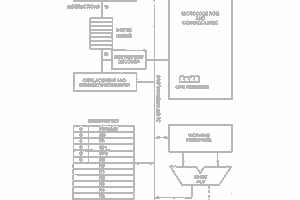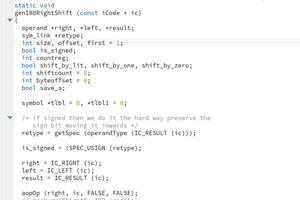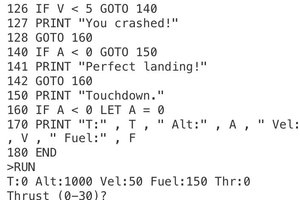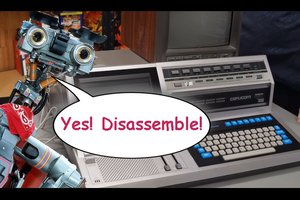Inspired by the availability of eForth on the STM8 MCU, I started looking into Forth, particularly the Threaded Interpreter implementation eForth. I found the Github repository for eForth and ported the Z80 eForth to build with asxxxx with a view to possible use in my project.
Hardware
You will almost certainly not be able to use the software as is. That would require you to have exactly the same peripherals as the original author. At the moment I haven't worked out from the register writes what chips were used for the CTC, PIO and SIO. My guess would be Zilog family peripherals, but who knows, maybe an Intel 8255 for the PIO.
You will need to write chip specific initialisation routines and I/O words, as well as interrupt handlers for the SIO. That is, if you choose to use interrupt handling for SIO. Probably a good idea, given how slow an interpreted (albeit threaded interpreted) language will be on a slow micro. But maybe you are running this on a modern fast Z80 descendant. Also you may want to modify the memory layout.
If you get something to work on your platform, I encourage you to put it in a subdirectory named after your platform, and submit a git pull request. Please also write something about your hardware configuration to help others reuse your code. I will leave the original sources as is, except for fixes for bugs which are discovered.
Platform also means any simulators if you get this eForth to work under one.
 Ken Yap
Ken Yap
 Keith
Keith

 will.stevens
will.stevens
 ziggurat29
ziggurat29